Looking for a new GPU and confused on which one to pick? This Nvidia vs Intel analysis will help you to find the perfect GPU for you.
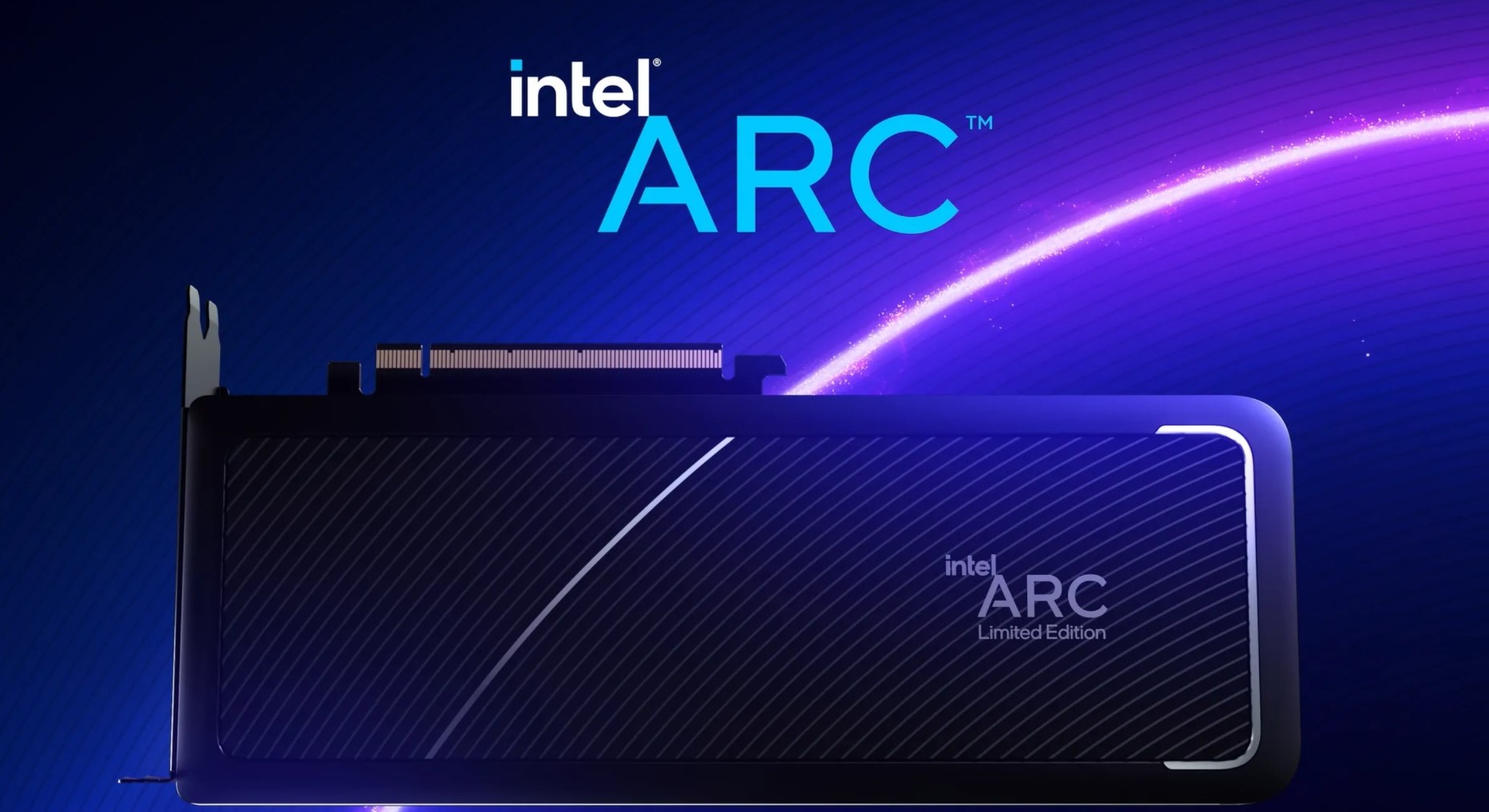
With so many different GPU manufacturers in the market and countless brands to choose from, it can sometimes become a real struggle to choose a good GPU.
In this article, we are going to look into Nvidia and Intel. Nvidia is the market leader in the GPU space, while Intel is a newcomer, well known for its dominance in the CPU market. Intel’s Battlemage GPUs are the latest generation of ARC graphics cards. They come with bold claims of outperforming the RTX 4060 despite their affordable price.
Note: The article reflects the writer’s opinions.
Nvidia vs Intel: Which GPUs Should You Get?
Graphics cards are a vital part of any PC build, whether for productivity work or gaming. The key factors that are used to determine a GPU’s capability include raster performance, memory bandwidth, driver support, and upscaling.
Let’s dive into the analysis of the Nvidia RTX series vs. the Intel ARC series and conclude which one you should get.
Rasterized Performance
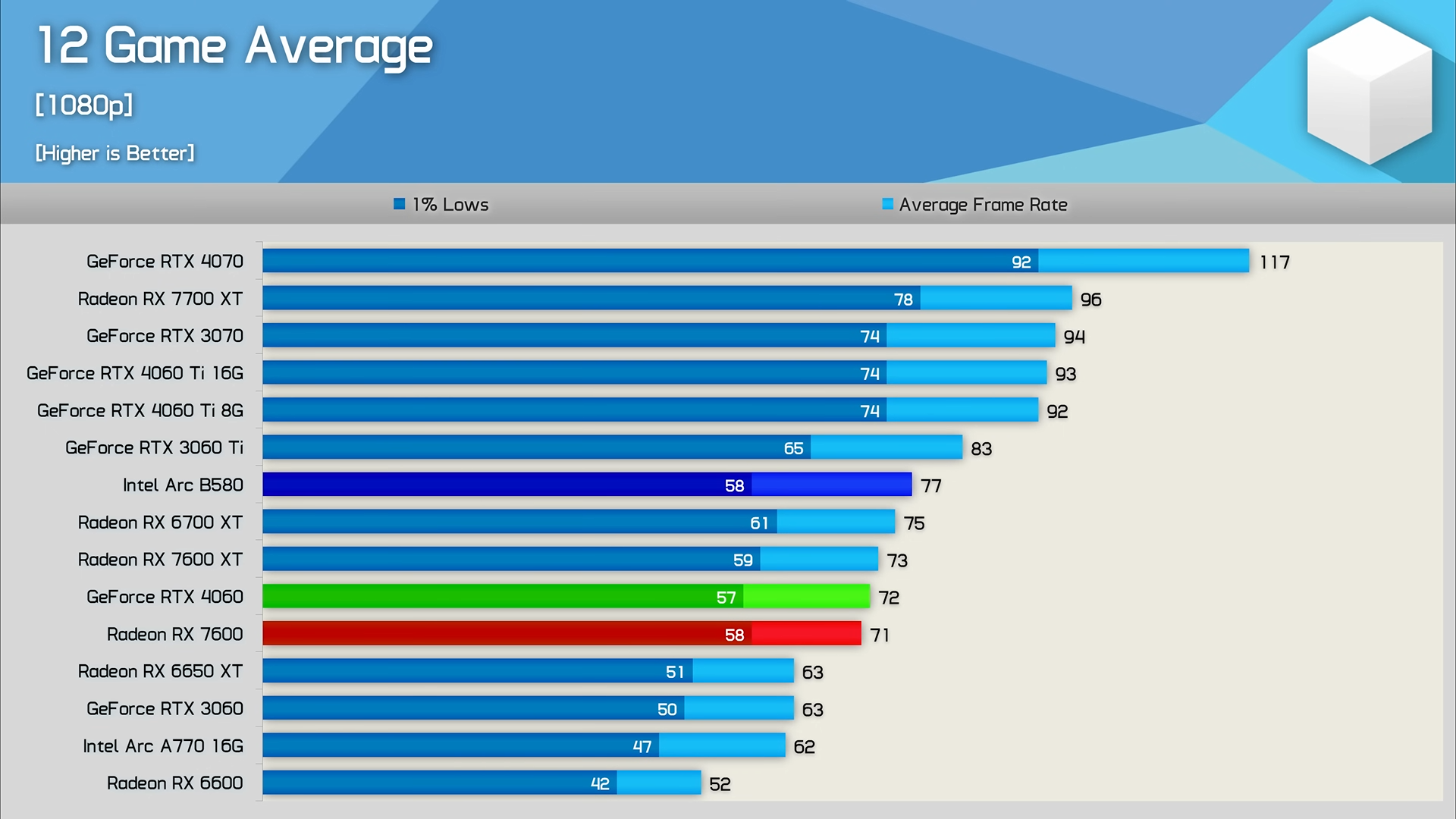
It’s shown in the graph how the Intel B580 leads in terms of Average Frame Rate compared to the Nvidia RTX 4060.
(Image via Youtube/HardwareUnboxed)
Rasterization is the process of transforming a 3D model into a 2D image to display it on the monitor. The new Battlemage GPUs from Intel, namely B580 and B570, offer the maximum performance per dollar compared to Nvidia offerings like the 4060. The Intel B580 promises to match the ray tracing performance of Nvidia cards. However, when it comes to raw performance, Nvidia has a lead over Intel’s Arc B580.
Memory Bandwidth
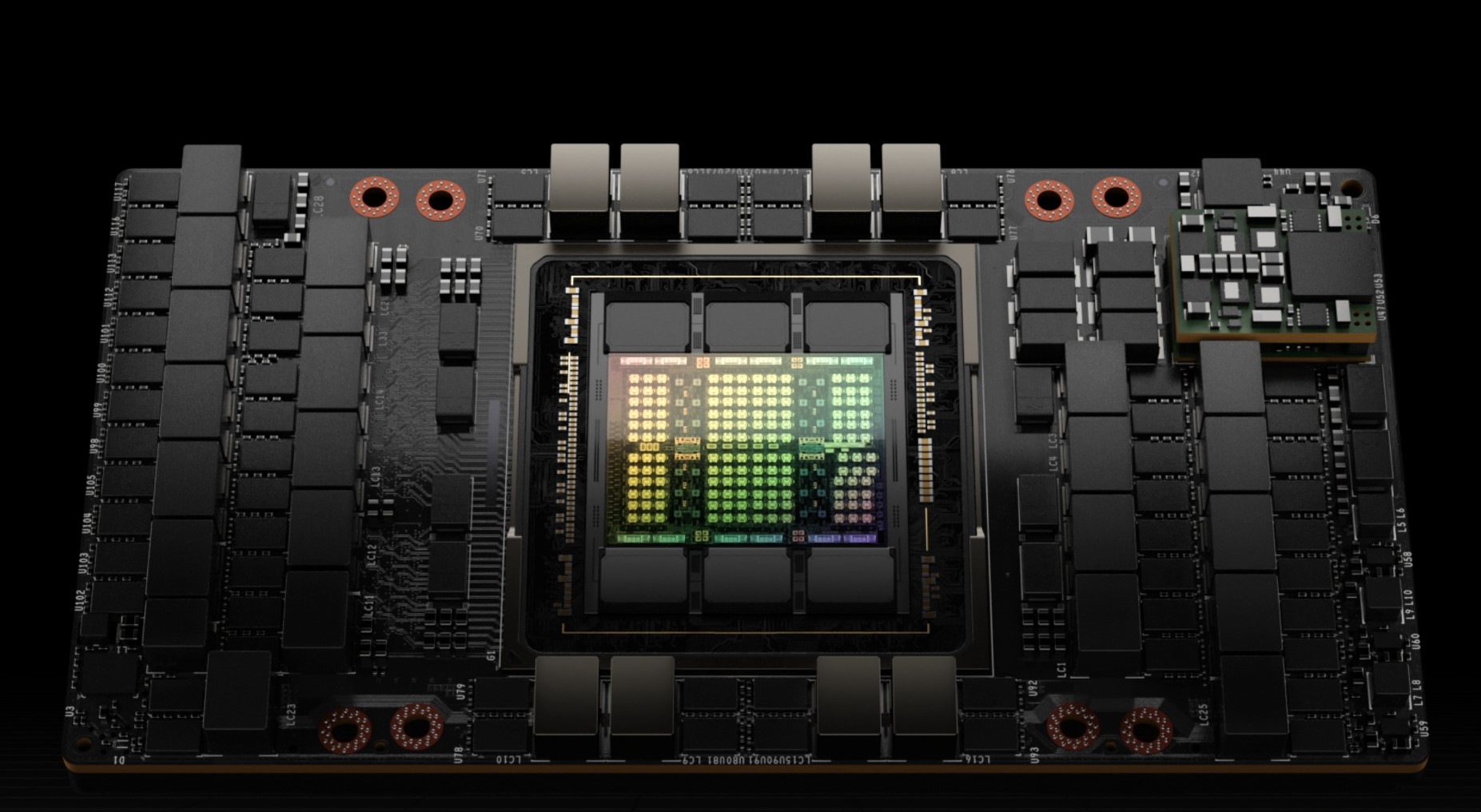
Memory bandwidth is used to determine the maximum rate at which data is transferred between the GPU and the system memory. In this department, Intel’s Arc B580 offers 12GB of VRAM, providing a significant lead over the 8GB of VRAM found on NVIDIA’s RTX 4060. This allows for much better texture resolutions in games and higher system resolutions like 1440P.
Driver Support
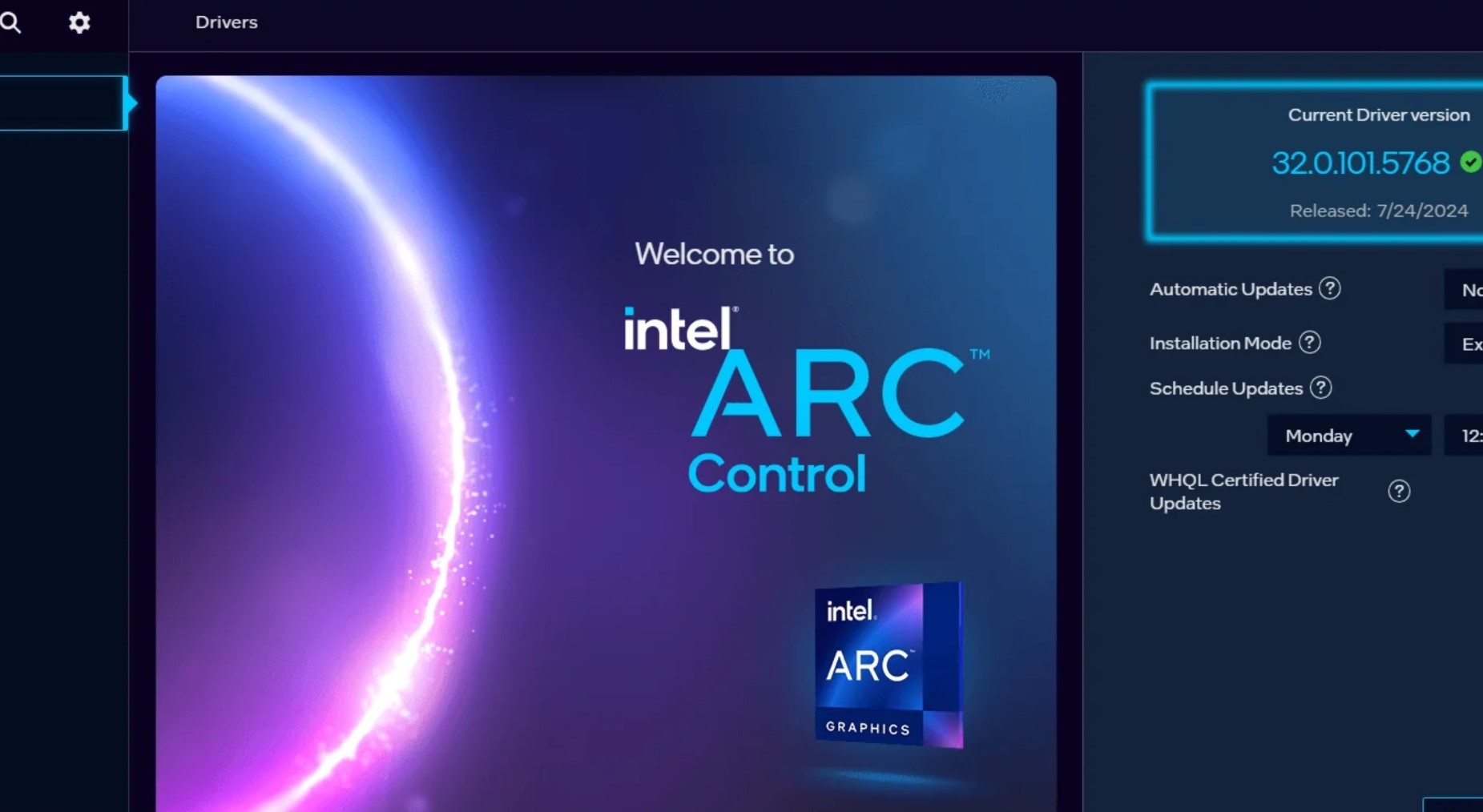
GPU manufacturers continuously provide driver updates to ensure GPUs remain up to date, which can also enhance performance over time. That said, Nvidia offers better driver support compared to Intel GPUs, with more frequent driver updates and better stability for its products.
Upscaling
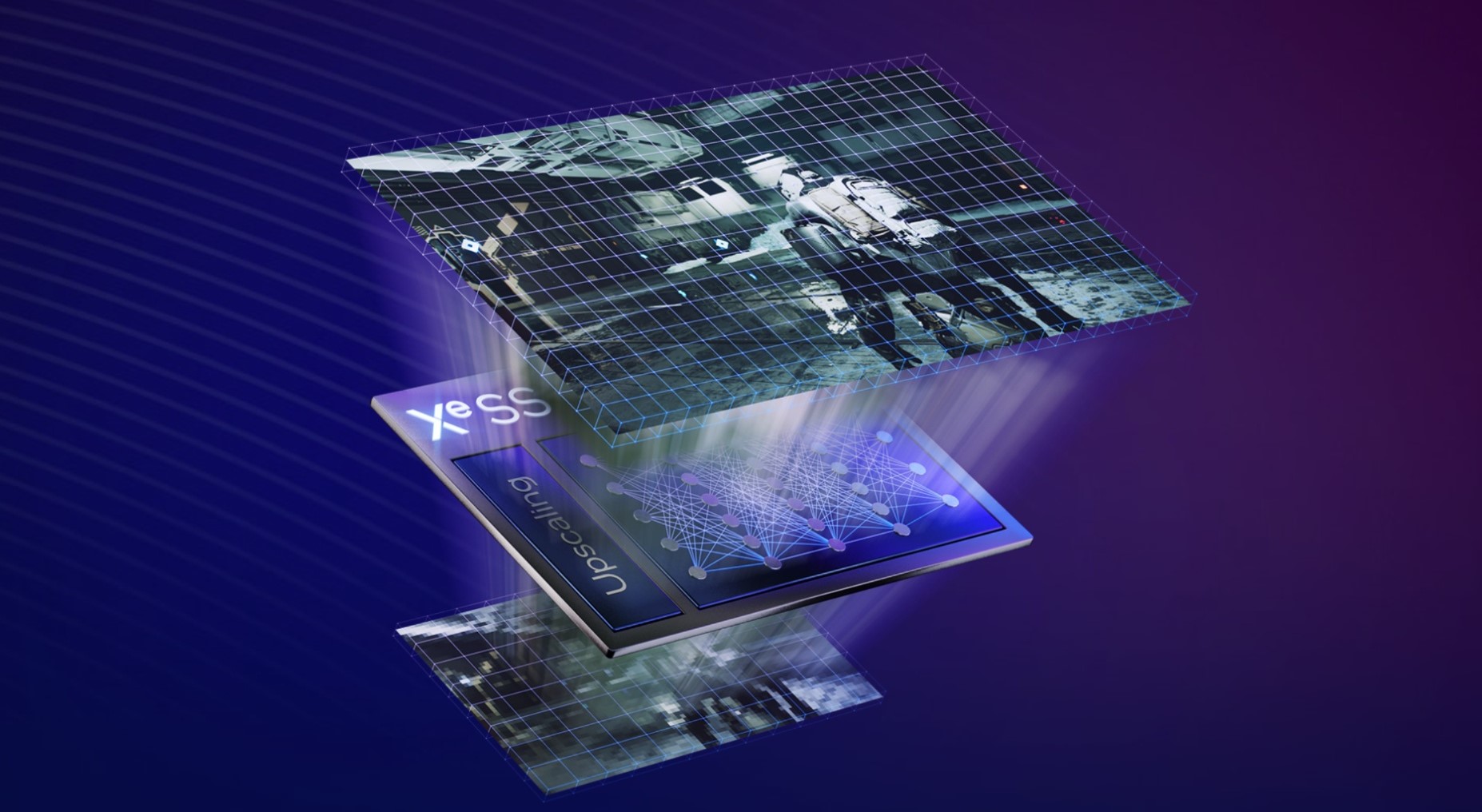
Upscaling allows for lower-resolution visuals to be displayed at a higher resolution, which ends up improving a game’s performance.
Nvidia has DLSS, which uses its tensor cores to upscale images, while Intel XESS relies on a more traditional upscaling approach. However, Nvidia DLSS delivers superior image quality compared to Intel XESS. Additionally, DLSS 3.5 introduces frame generation, further enhancing its performance.
Conclusion
The latest Intel Battlemage GPUs emerge as the better deal between the two, delivering better performance per dollar, better memory bandwidth, and a competitive upscaler. While NVIDIA takes the lead in raw performance, Intel provides a more well-rounded product overall.
Looking For More?
Thank you for reading the article. We provide the latest news and create guides for Baldur’s Gate 3, Starfield, ARK Survival Ascended, and more. Also, watch Deltia play games on Twitch or visit his YouTube channel!
 Reddit
Reddit
 Email
Email


